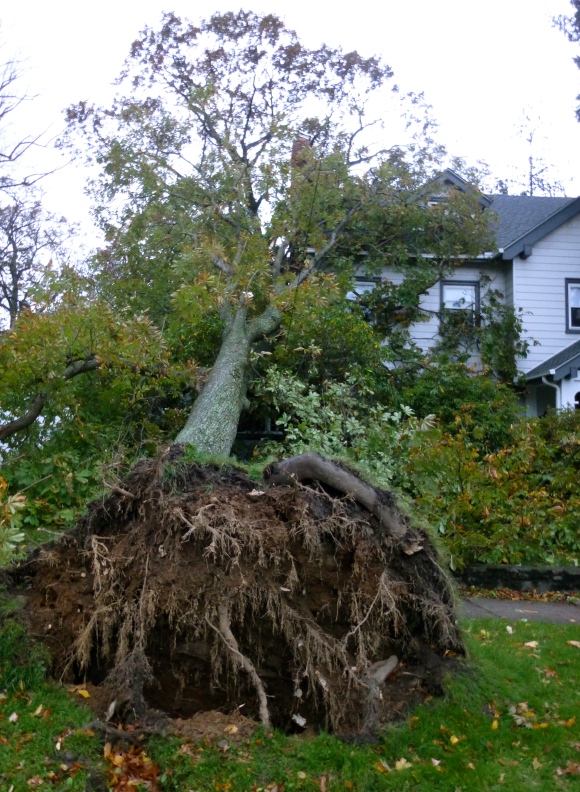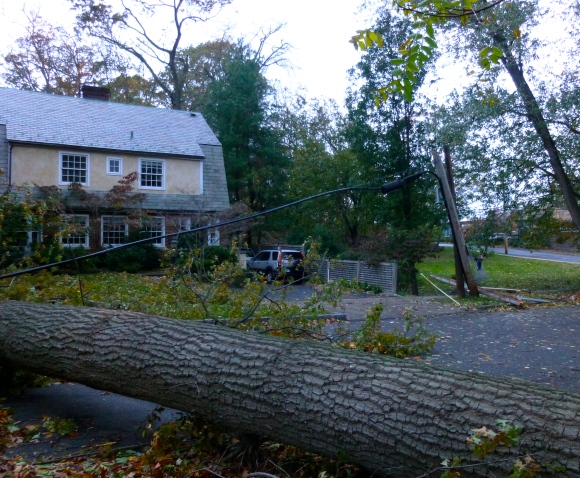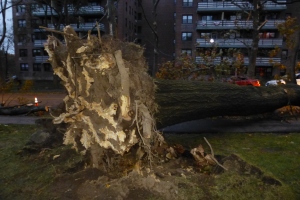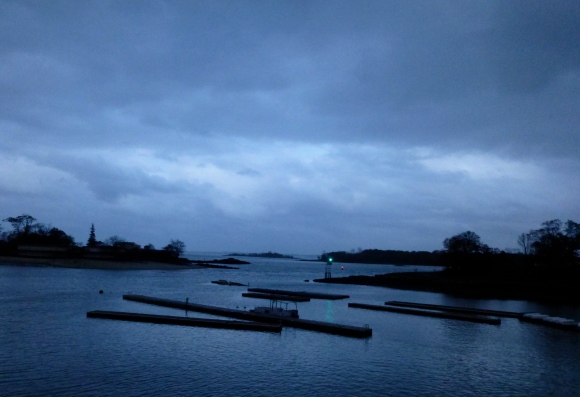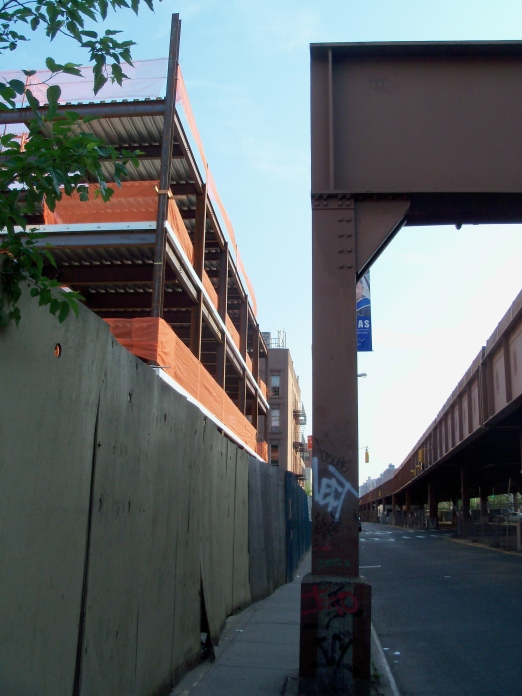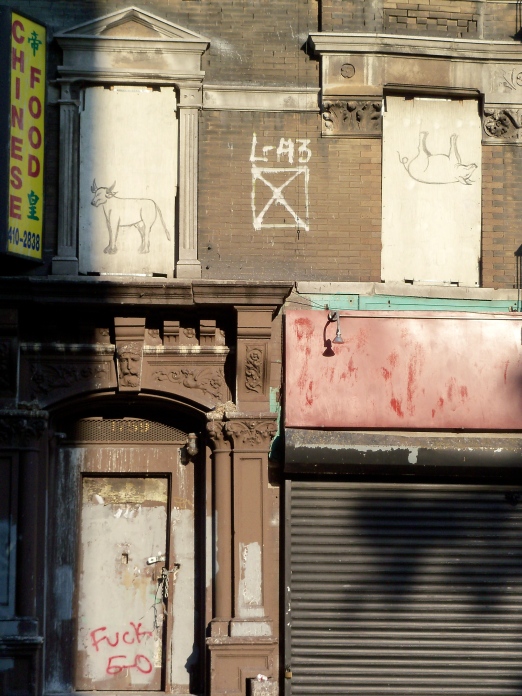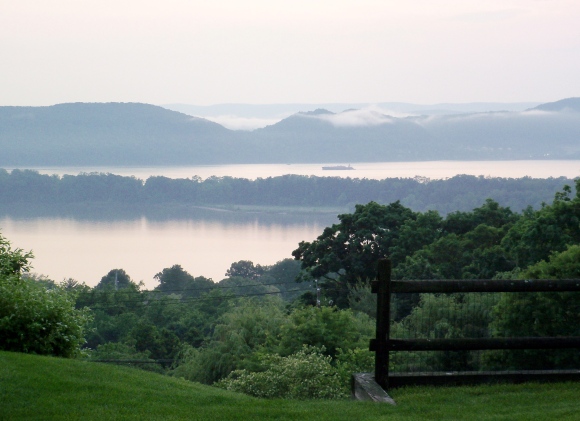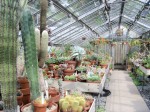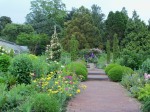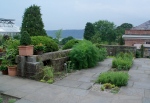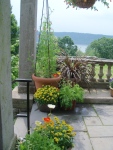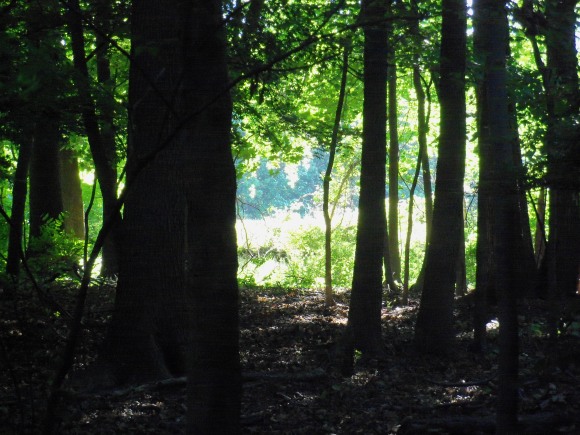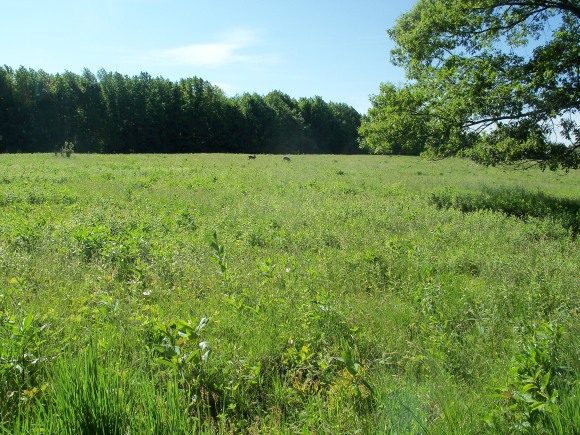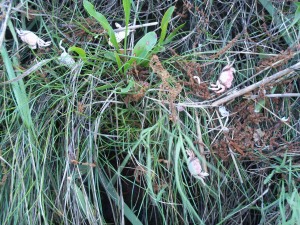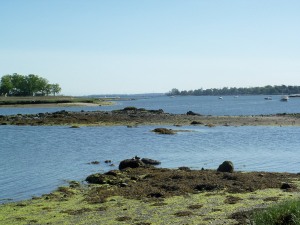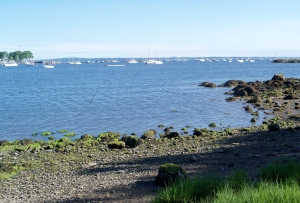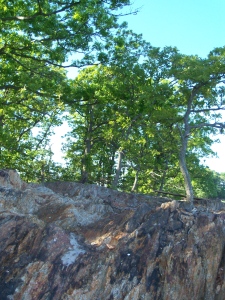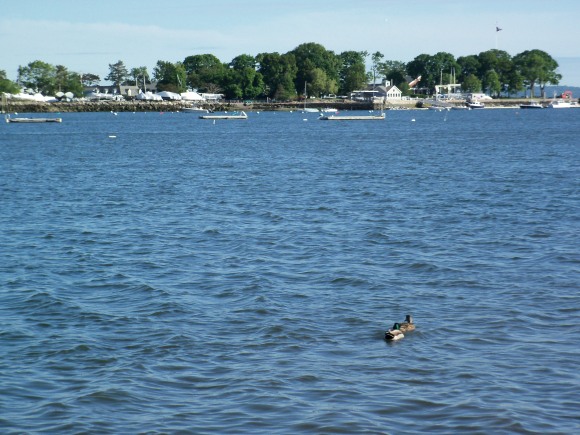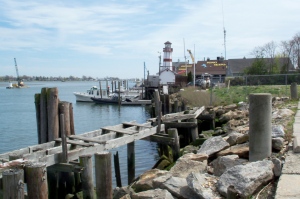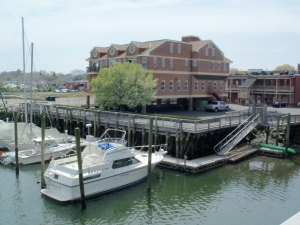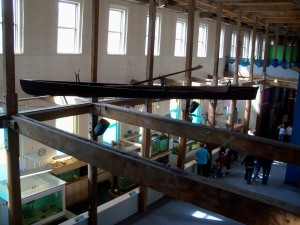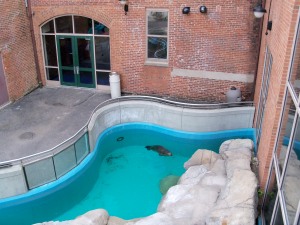I saw something unusual Friday night, as I drove home from work after dark, at about 8:30, taking a very circuitous path. I started heading south on the Bronx River Parkway, which is not my normal route home, and skipped the proper exit as it was quite backed up, I was in the wrong lane, and I was too polite to cut ahead of cars waiting in the right-hand lane. Sometimes I still have to work on being a New Yorker. On the other hand, I made one tiny gesture toward greater civility on the roads. If only a few more people would do the same!
At any rate, during my meandering drive in the dark through some poor areas of Yonkers and Mt. Vernon, navigating by vague familiarity rather than GPS, I ended up in Wakefield, Bronx. Even in the dark, the appearance of the elevated subway tracks is a giveaway. (I do enjoy either saying or writing “elevated subway.”) After a couple of moments of confusion about whether I was 180 degrees off, I soon realized, when the tracks of the 2 train overhead disappeared, that I was indeed heading the proper way on White Plains Road: north back toward suburbia. Soon I saw the flashing lights of a police car ahead and to the left on White Plains Road. Since I am not quite sure where the city line is, I was curious to see whether it was a Mt. Vernon or New York City Police Department car.
Surprise! Neither. The blue and red flashing lights were coming from inside a yellow New York City taxi. The interior light was on as well, illuminating two clean-cut white guys in the front seat, clearly cops.
This sight got me thinking. As an unmarked car, a yellow cab is not exactly unobvious in that neighborhood. On the streets of Midtown and Lower Manhattan in the middle of the work day, a yellow cab would blend right in. But in Wakefield that was probably one of the first cabs the locals have ever seen in their neighborhood. Ironically, it wasn’t even available to provide a ride. (Although I am rarely in that area, I am sure I have seen a few regular livery cars—licensed or not, I do not know—hoping for a potential fare coming off the subway. A passenger would negotiate a flat rate rather than being charged a metered fare.)
I might also wonder whether the “apple green” Boro Taxi—the new look for thousands of specially permitted livery cabs under a program initiated in 2013 that provides hailable cabs to riders outside core areas of Manhattan—would be a better choice for NYPD undercover work and unmarked cars in the outer boroughs. According to Mayor Bloomberg’s publicity machine, the Boro Taxi program has proved very popular both to passengers and drivers, and all 6,000 permits available in 2013 sold out in quick time. Thus the outer boroughs should be seeing more of the green taxis. On the other hand, a person getting off the subway might actually want to hail a green cab, interrupting the undercover police at work. No matter its color then, a taxi seems an odd choice to use as an unmarked car.
I don’t have any photos, because it was dark and I was driving. Not to mention that I am not sure how well photographing the NYPD’s surveillance cab would go over. Sometimes it is better not to test the limits.
Later, a bit of online research:
A post on Gawker includes a photo and mentions a book published in August 2013, Enemies Within by Matt Apuzzo and Adam Goldman, about NYPD surveillance of Muslims. It says that the NYPD’s spy cab is parked outside mosques to monitor Muslims. Presumably, the target is Muslim cabbies who have made a stop for daily prayers. Someone commenting on a related New York Magazine post says the NYPD has about a dozen such specially outfitted cabs. Another person, in this instance posting on NYCyellowcab.com, says there are many such cabs, which have license plates starting with particular letters and can be seen parked outside police stations. Perhaps I did not see anything particularly rare after all.


